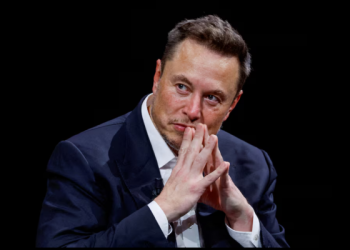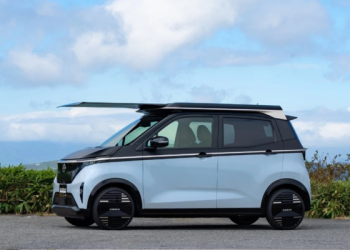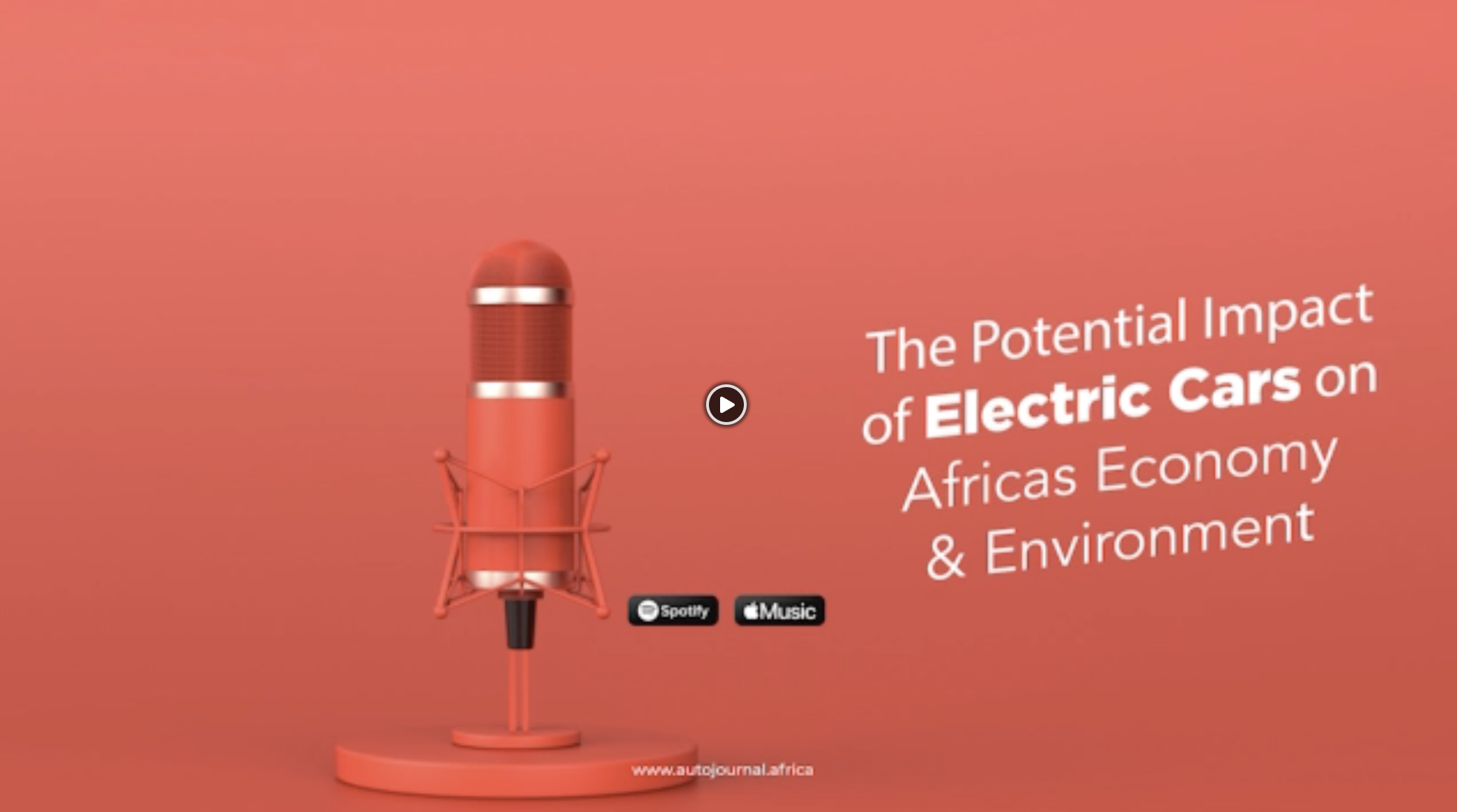The auto industry is navigating a winding road to electrification, adjusting strategies to address uncertain adoption rates and evolving policies. Automakers are opting for flexibility, balancing investments in gasoline, hybrid, and electric vehicles to meet varied consumer needs.
“Flexibility is essential over the next decade,” said Sam Fiorani, Vice President of Global Vehicle Forecasting at AutoForecast Solutions. Many consumers still prefer traditional engines, making adaptability a crucial component of automakers’ strategies.
The industry’s shift is not just philosophical; it’s structural. A Chicago Fed report forecasts the number of manufacturing plants equipped to produce gasoline, hybrid, and electric vehicles will nearly double from 11 in 2023 to 21 by 2029. This transformation underscores automakers’ readiness to pivot based on market demand.
Honda is one of the brands embracing this multifaceted approach. “We’re optimistic, but it’s a marathon, not a sprint,” said Bob Nelson, Executive Vice President at American Honda Motor Co., during the launch of the Ionna charging network. Backed by eight leading automakers, the network aims to deploy 30,000 chargers across the U.S. by 2030 to ease the transition.
The investment doesn’t stop at infrastructure. Companies are building domestic EV supply chains, ramping up battery production, and exploring alternative fuel technologies like hydrogen. “The best technology always wins,” said Shawn Domeracki, Lexus Vice President, emphasizing the company’s focus on hybrids, EVs, and hydrogen fuel cells to reduce carbon emissions.
Kia has also positioned itself as a customer-focused brand. “We’re offering solutions tailored to specific needs,” said Orth Hedrick, Executive Director of Car Product Management at Kia. “It’s not the cheapest route, but it keeps us flexible and competitive.”
Automakers understand that electrification is inevitable but also recognize that the timeline is far from clear. This reality has prompted companies to prepare for a future where gasoline engines coexist with EVs and hybrids for decades.
The global EV market continues to expand, but challenges remain. Policies, consumer adoption rates, and high production costs have created roadblocks. Despite this, optimism persists in the industry. “We’re committed to advancing sustainable mobility, no matter how long it takes,” said Nelson.
Read more on Global EV sales set to surpass 20 million in 2025, driven by China and Europe




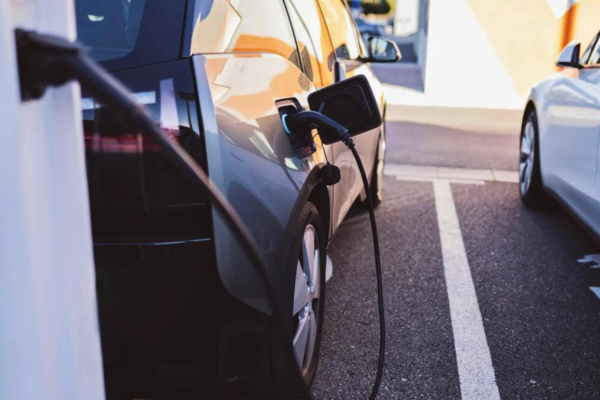
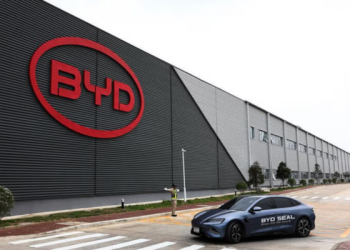
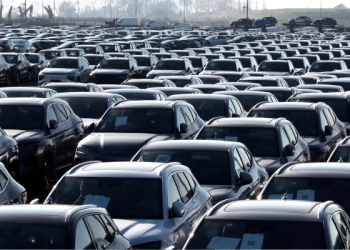
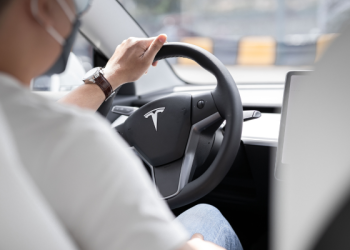
![RJ Scaringe, Rivian founder and CEO [source MarketWatch]](https://autojournal.africa/wp-content/uploads/2025/11/RJ-Scaringe-Rivian-founder-and-CEO-source-MarketWatch-350x250.png)
